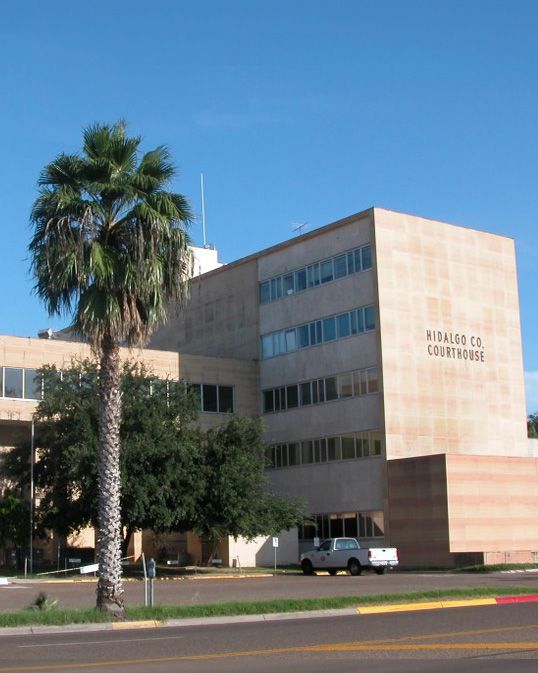Back to School Driving Tips
LAW BLOG •
The back-to-school season is in full swing, with millions of students throughout Texas returning to class. As a driver, it is important to remain vigilant during the entire school year – not just the fall months. Collisions between vehicles and students can be deadly for the latter. In 2016, one in five children under the age of 15 who died in auto accidents were pedestrians. Do your part to protect students in your community by practicing a few vital back-to-school driving tips.
Put Your Phone Down
Cellphones are one of the greatest causes of distracted driving in the United States. In 2017, 3,166 people died in distracted driving accidents throughout the nation. Many of these accidents traced back to a driver using his or her cellphone. Texas law prohibits the use of handheld cellphones while driving. No driver may talk or text on a handheld device; yet every day, drivers text on their cellphones while driving. Put your phone safely away when you are behind the wheel, especially if you are passing through neighborhoods or school zones. Avoid all forms of driver distraction to keep students as safe as possible.
Look for Students Everywhere
Keep 100% of your attention on the driving task, 100% of the time. Pedestrians – especially young children – may not be walking where they should. They may be in the road or walking along the side of the road. Children may not always cross at crosswalks or wait for the right-of-way. Drive defensively and always be ready to hit your brakes at a moment’s notice in school zones or near bus stops. Child pedestrians can also be difficult to see, especially in poor weather conditions or at dusk and dawn. Pay strict attention to the road and expect the unexpected.
Yield the Right-of-Way
As a driver, it is important to know and understand Texas’ pedestrian laws. Pedestrians always have the right-of-way at crosswalks and intersections that do not have traffic control signals. You must come to a complete stop and allow pedestrians to cross in these situations. At a controlled crosswalk, you will have the right-of-way if proceeding straight at a green light, but not if making a turn. You must yield to pedestrians while turning at a green light (not a green arrow). A pedestrian cannot lawfully step off the curb and into the road if you do not reasonably have enough time to stop. Keep an eye out in school zones for child pedestrians who do not know the rules and are likely to break them.
Obey School Pick-Up and Drop-Off Rules
If you are a parent who does student pick-up and drop-off, obey any rules and traffic symbols the school or the city has integrated to facilitate the flow of vehicle and pedestrian traffic. Pick up and drop your child off in the correct places, not in the middle of the road. Stopping your vehicle anywhere but the designated area could jeopardize your child’s safety and confuse other drivers around you. Always follow a crossing guard’s instructions and school zone speed limits. When the lights in a school zone are flashing, reduce your speed to the posted limit. Share the road with bicyclists and pedestrians by keeping your vehicle out of crosswalks and bike lanes.
Slow Down
Your speed is one of the key factors in causing or preventing a pedestrian accident. Since most pedestrians cannot jump out of the way fast enough to avoid a vehicle striking them, it is up to you to keep a safe and reasonable speed. Reduce your speed any time you are near a school zone, bus stop or residential area. Driving slowly can allow you to react in time to hit your brakes if a child pedestrian darts into the street. Paired with paying attention to the road, a slow and safe speed could prevent most, if not all, pedestrian collisions. Your dedication to safe driving could save lives this school year.
The post Back to School Driving Tips appeared first on GES Injury Attorneys.
Every state limits the amount of time you have to file a claim.
Don't Delay.
Contact the Attorneys at Gordon & Elias, LLP Today to preserve your right to a recovery.
Contact Us
We will get back to you as soon as possible.
Please try again later.
100% FREE CASE EVALUATION
Free Consultation • No Fee If No Recovery



